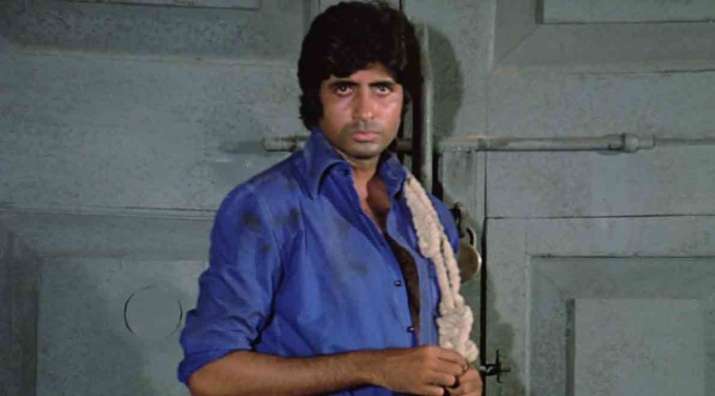
Sai Baba “picks” this human to call “Mother,” and she accepts him as her own. Bayaza, another protagonist, is a woman who cannot bear children. In a country where nearly 21 million girls are born unwanted by their parents, the show counteracts the absence of women empowerment by giving precedent to strong female characters like Jhipri. He tells her she can be whoever she wants to be. He helps her study so she can become a student at the school she admires. He gives her his time and his respect, just as he does to everyone else in the village. Sai Baba calls this “untouchable” child Lakshmi (Goddess of Prosperity, in Sanskrit). She walks past knowing she could never join them, but in her mind she is eager to learn, eager to understand, and eager to change the life she’s been born into. If she were to challenge the system, she would receive punishment.Įvery day, Jhipri walks past a school which teaches young boys to read and write. Jhipri does not possess the equal right to participate in religious activity. They have a separate watering well so they do not “contaminate” the main water, which serves the “high-caste” individuals. Jhipri lives with her mother in her side of the village (the slums) with all the other “untouchables”. This girl doesn’t have the luxury of respect. Jhipri: Her birth name is Jhipri - the name doesn’t mean anything in particular, - it’s a name given to the low caste children of India because the girl doesn’t have the luxury to share a name given to the girls of an upper-class family.

Set in the era of the British Raj, the show is laced with stories (fact and fictional) based around the lives of cult followers Sai Baba gained, including one of the youngest, Jhipri.

It traces the years Sai Baba spent in Shirdi. “Mere Sai - Shraddha Aur Saburi” is part biopic, part mysticism. (The rights to this photo belongs to Sony TV India) Sai Baba was an Indian saint, believed to be an incarnation of Shiva because of the mysticism surrounding his miracles and the depth of his moral teachings.


 0 kommentar(er)
0 kommentar(er)
